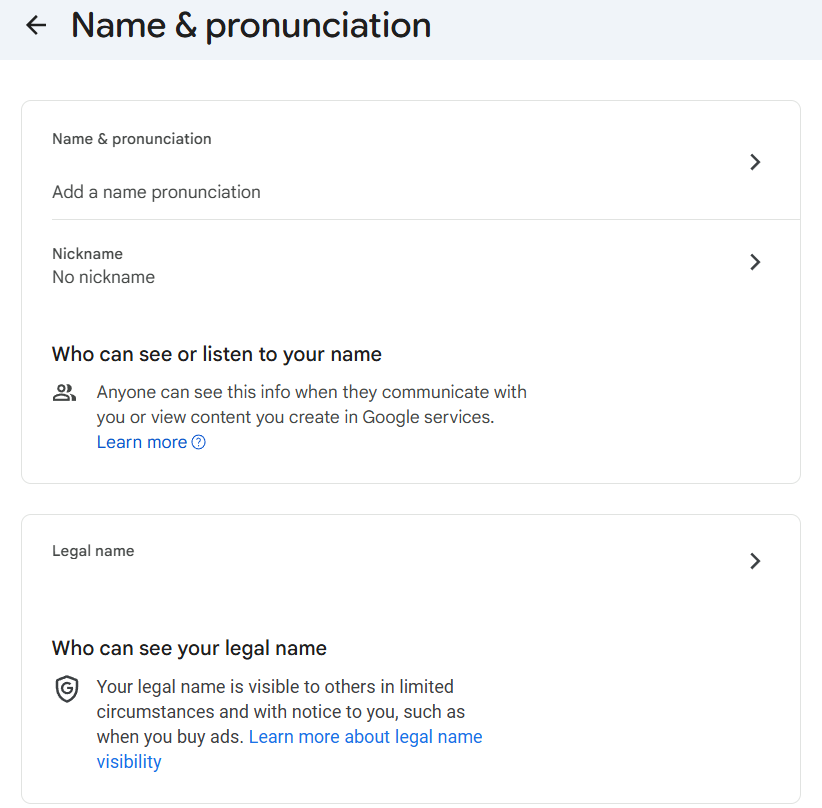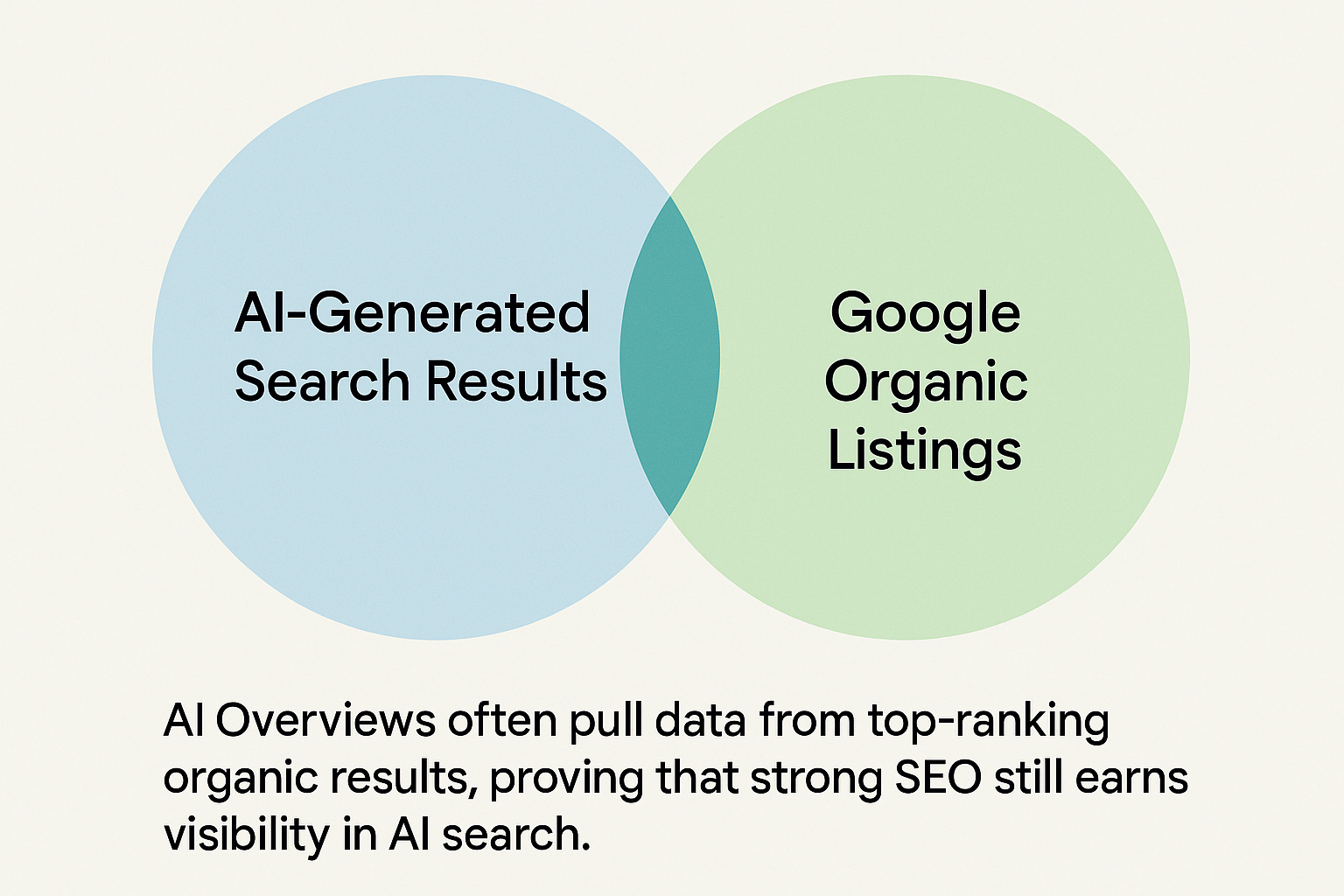Maximizing Subscriber Engagement: Insights from the 2023 State of Email Workflows Report
Email marketing remains a vital channel for nurturing leads, building customer loyalty, and steadily growing revenue.
At the heart of email marketing strategies is subscriber engagement. Opening your emails is necessary for your email marketing strategy to do anything to help your business. Beyond opening them, your email needs to speak to the current needs of each segment in your audience to motivate sales.
Email remains one of the top marketing channels for small, medium, and large businesses — so keep reading to learn how to continue to make this marketing channel work for you.
The Importance of Subscriber Engagement in Email Marketing
Subscriber engagement for marketing emails is crucial since engagement affects deliverability and sender reputation. You’ll indicate that you’re not spam, nurture leads through the conversion funnel and ultimately boost revenue.
Email providers are constantly parsing through spam and legitimate emails, and having recipients open your emails is vital for preventing your emails from going directly to the spam folder.
Beyond the technical side, engaging customers helps build stronger customer relationships, leading to better brand loyalty and higher conversion rates. Engagement also paves the way for more personalized email campaigns, as you’ll gain information about customer preferences.
Ultimately, email engagement is the cornerstone of email marketing strategies and is necessary for long-term success with this marketing channel.
Key Findings From the 2023 State of Email Workflows Report
A recent report into email marketing and workflows showcased the current trends, challenges, and changing processes facing email marketing emails. Some of the important findings from this report include the following:
- Production:39% of marketers build emails by modifying templates, while 44% of respondents create 2-3 versions of each email.
- Audience: Email marketing and social channels are the two leading channels, with 41% of respondents indicating that email is the most effective. Most marketers send 2-4 emails monthly with less than 100,000 subscribers.
- Automation:Onboarding and post-purchase emails are the most commonly automated, with subscriber re-engagement as the second most automated process.
- Return on Investment (ROI): Only 66% of markets measure email ROI, leaving plenty of room for improvement.
- Looking ahead: 30% of markets plan to increase spending on integrating email with other channels, with personalization and automation taking the two top spots for focus areas for the next 12 months.
- Action items: 55% of marketers are looking to expand personalization capabilities while keeping the focus on emphasizing human-to-human interactions.
Most Common Challenges in Engaging Email Marketing Subscribers
Marketing emails must overcome critical challenges to engage subscribers and help build businesses properly. A subscriber on your email list isn’t doing anything for you for business if they never open your email or make a purchase.
That’s why
email marketing for small business focuses on understanding the challenges you face and overcoming them. So, let’s explore these challenges, as uncovered by the report discussed above, and how you can solve them to keep your business growing.
Address Email Overload with Personalization
One of the challenges facing marketers is that many consumers feel overloaded by marketing emails. Effective email marketing strategies need to keep this in mind while building campaigns to avoid contributing to email overload while still reaching subscribers.
Personalization and relevance are the best marketing tools to cut through the noise and keep subscribers engaged. You need to know individual preferences and create data-driven segments to ensure customers receive the correct emails.
Avoid Spam Folders by Optimizing Deliverability
The worst thing for your email marketing campaigns is having your emails considered spam. So what can you do to avoid this?
You need clean
email lists, meaning everyone has opted in and engaged with your brand at some point in the past. Additionally, you need to adhere to the latest authentication protocols, ensure responsive email design, and make it easy for subscribers to unsubscribe.
These practices ensure you don’t fall into the dreaded spam folder by delivering readable emails only to those who want them.
Legal Compliance and Subscriber Control
Similar to the above point, you must ensure you abide by all applicable legal requirements for your email marketing campaigns. For most, this means maintaining strict data protection controls with documented consent and ensuring all subscribers have opted in.
You also need to ensure you’re meeting any additional requirements specific to your industry or the regions you operate in. Make it easy for subscribers to unsubscribe preferences and use
email marketing services that take compliance into account.
Inadequate Data Measurement and Adaptation
One of the key takeaways from the 2023 report is the necessity of clearly defining target KPIs and having the right systems in place to track them. You need to be able to reliably track campaign results in order to understand what's engaging and what isn’t.
For example, conducting and tracking A/B tests within your audience segments will go far in strategically determining what will engage your subscribers.
Additionally, staying on top of industry trends and adapting to them is vital. These trends include those affecting overall email marketing and any changes specific to your industry. We’ll explore more strategies below.
Effective Strategies for Boosting Subscriber Engagement
Subscriber engagement is crucial for growing your business while avoiding being sent to spam folders. So, what are the best strategies to keep your subscribers actively engaged? Let’s dive into the key findings from the 2023 report combined with our own insights.
The Importance of Audience Segmentation
Segmenting your audience helps divide subscribers based on any criteria you define. For example, it’s common to segment audiences based on their stage in the lead nurturing process or broadly divide those who have made a second purchase from those who have not. Dividing your subscribers based on demographic data or engagement levels is common.
How can audience segmentation enhance your email marketing efforts? Segmentation allows you to send targeted emails to specific groups that are more relevant to what you know about them.
Effective segmentation results in more engaged subscribers, higher click-through rates, open rates, and providing subscribers with content that resonates more closely with what resonates with them.
Let’s quickly touch on some audience segmentation best practices:
- Thoroughly analyze subscriber data to understand distinct groups that may have different needs or requirements.
- Continuously evaluate subscriber lists and re-define or re-assign segments based on preferences, behaviours, and purchases.
- Find the right balance between granularity and manageability. Overly specific segments can be just as ineffective as overly broad ones. Understand which segments translate to engagement.
- Test and refine segment criteria to ensure content remains relevant and engages segments effectively.
Leveraging Technology and Automation
Automation, AI, and data tracking can go far in maximizing engagement. Email automation has been around for years and has become increasingly complex, coinciding with the rise of AI, which enables better data analytics and more precise automation.
Additionally, AI can be used for predictive analytics to forecast subscriber behaviour once you’ve collected enough data. You’ll be able to simulate behaviours before sending a campaign, giving you the best shot at engaging each segment. You can even use tools to draft up emails for further refinement.
Measuring Engagement Success
Having the right tools in place to measure engagement and analyze results is vital. At the most basic level, you need to determine what strategies lead to higher open rates and click-through rates and which ones are ignored entirely.
But you can go far beyond those cornerstone stats. Granular analytics will allow you to combine campaign-specific results with overall subscriber behaviour to understand when it’s time to move a subscriber to another segment. Use the right tools that allow you to understand and subscribers so you can provide them with personalized content.
Future Outlook of Email Marketing
What’s the future of email marketing? Undoubtedly, the future of this channel depends on adaptive subscriber engagement.
Subscriber engagement depends on advanced data analytics, personalization driven by segmentations, and AI-driven predictive analytics. We’re also starting to see the beginnings of a new level of hyper-personalization powered by AI, allowing marketers to generate even more specific emails without needing to write every single option.
Staying on top of technology and subscribers' expectations is at the heart of continuing to make the most of email marketing.
Core Takeaways
So, what’s the core takeaway from the 2023 report and our own impressions of the email marketing world? Let’s quickly break them down.
- Personalization is a driving force to speak directly to customers’ needs.
- Audience segmentation is absolutely necessary, but marketers need to find the balance between being too broad and too granular.
- Embracing technology and automation is central to how this channel is evolving.
- Measuring engagement is vital to know what’s working and what isn’t.
- Challenges need to be strategically addressed as necessary.
Partner with CCC to Implement Email Marketing Engagement Strategies
Ultimately, email marketing is one of your marketing channels, not the entire focus of your business. That’s why partnering with an expert in email marketing services is so powerful — you can focus on your core competencies while your partner keeps subscribers engaged.
CCC is a leading provider of the best email marketing services for small business. In addition to our other solutions, we’ve helped businesses remain profitable across various marketing channels.
Are you ready to step up your email marketing campaigns?Contact us today to learn more about how we can help.







